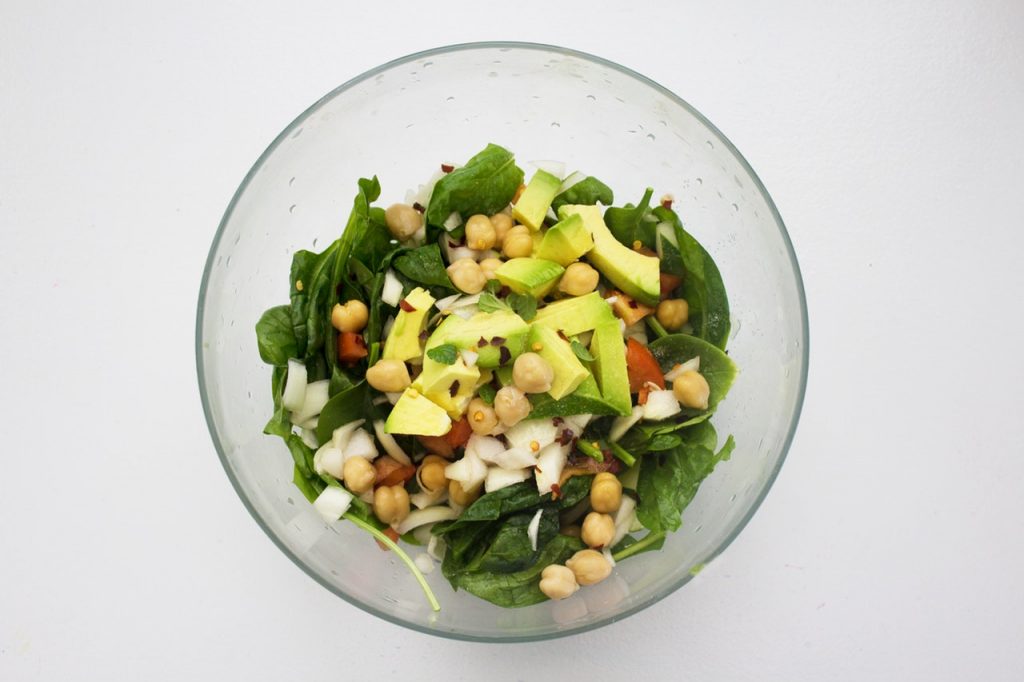Vitamin B6, also known as Pyridoxine, is a water-soluble vitamin. B6 is mainly known for helping with protein metabolism, red blood cell formation, and red blood cell maintenance. It is also part of approximately 100 enzyme reactions, including formation of the hormone insulin and the protein hemoglobin.

How much Vitamin B6 do I need?
- 1.3 milligrams per day for adult males and females up to the age of 50
- 1.7 milligrams per day for adult males over 50
- 1.5 milligrams per day for adult females over 50
- 1.9 milligrams a day are needed for pregnant women
For recommendations for infants, children, and breastfeeding women check out the chart in CSU Extension’s Fact Sheet: Water-Soluble Vitamins: B-Complex and Vitamin C
Food sources
Vitamin B6 is widely distributed in the foods we eat. It is found in meat products such as pork as well as cereal grains, nuts, bananas, chickpeas, carrots, spinach, peas, and potatoes. Cheese, milk, and eggs are also good sources of B6.
What happens if I don’t get enough?
Deficiency is uncommon and usually happens when intake of all B vitamins is low. Symptoms include skin disorders like dermatitis, cracks in the corners of the mouth, anemia, kidney complications, and nausea.
Can I get too much?
Toxicity is uncommon and usually occurs with supplement use. It may cause a loss of control of bodily movements and nerve damage.
Learn more about Vitamin B6 and other water-soluble vitamins in the CSU Extension fact sheet: Water-Soluble Vitamins: B-Complex and Vitamin C.
Did You Know?
- Chickpeas, also called garbanzo beans, are an amazing, versatile bean that is rich in vitamin B6.
- Hummus utilizes chickpeas as a main ingredient which can be used as a tasty dip or spread for vegetables, bread or crackers.
- Adding chickpeas to a salad adds protein and nutrients (like vitamin B6).


